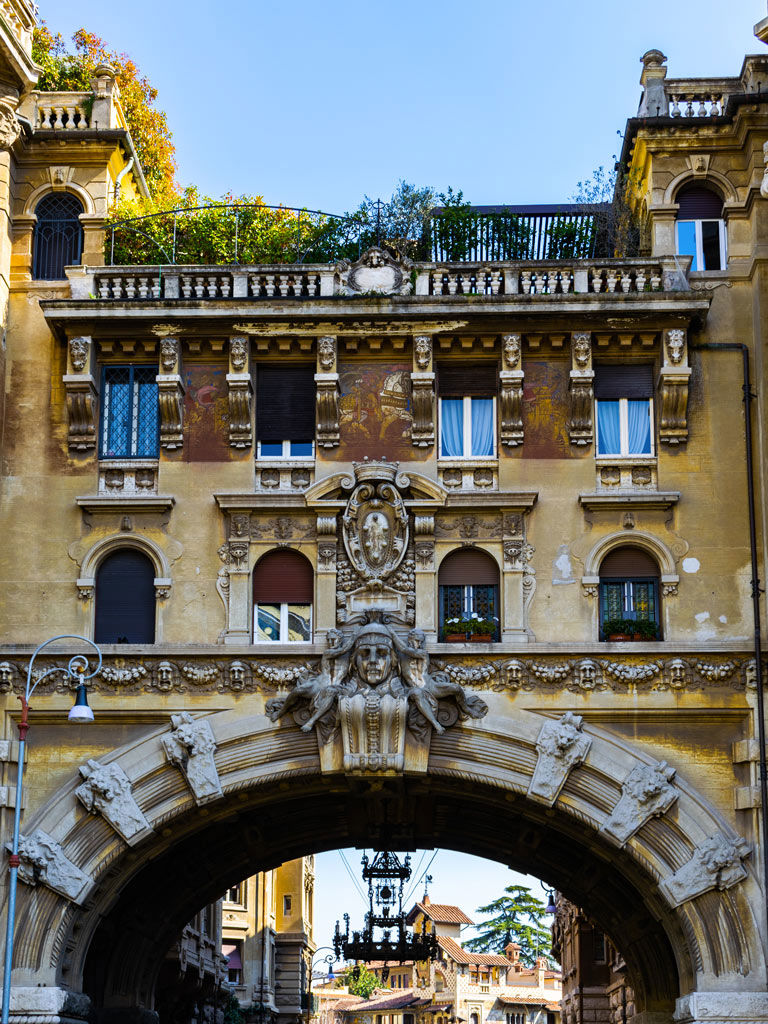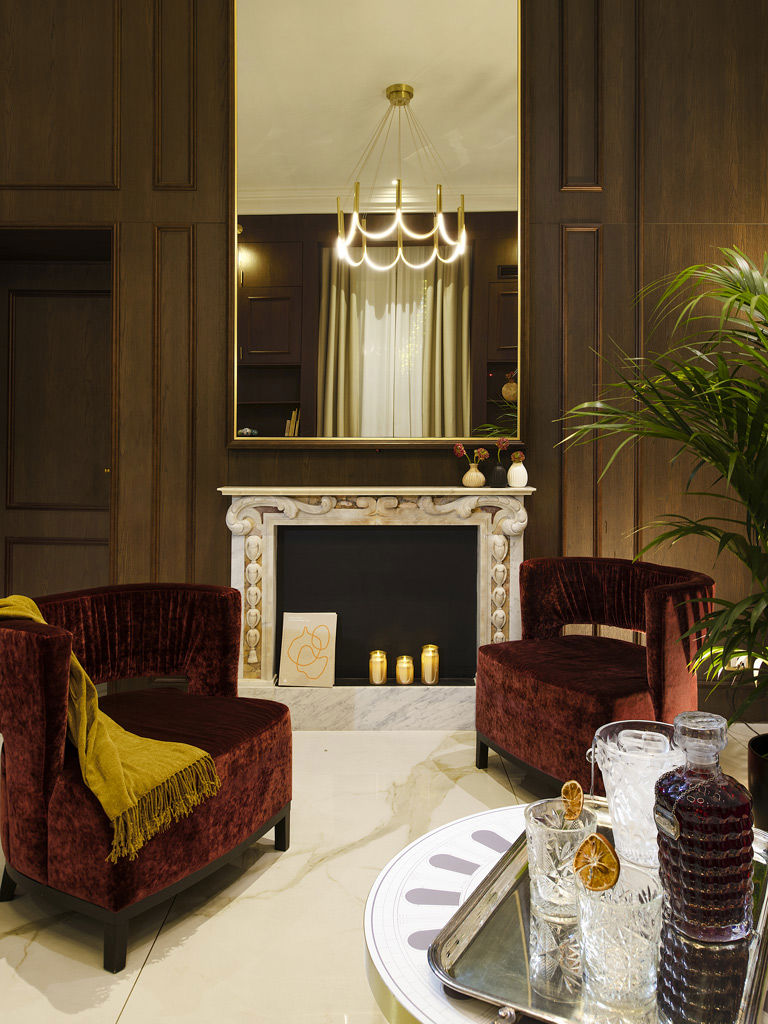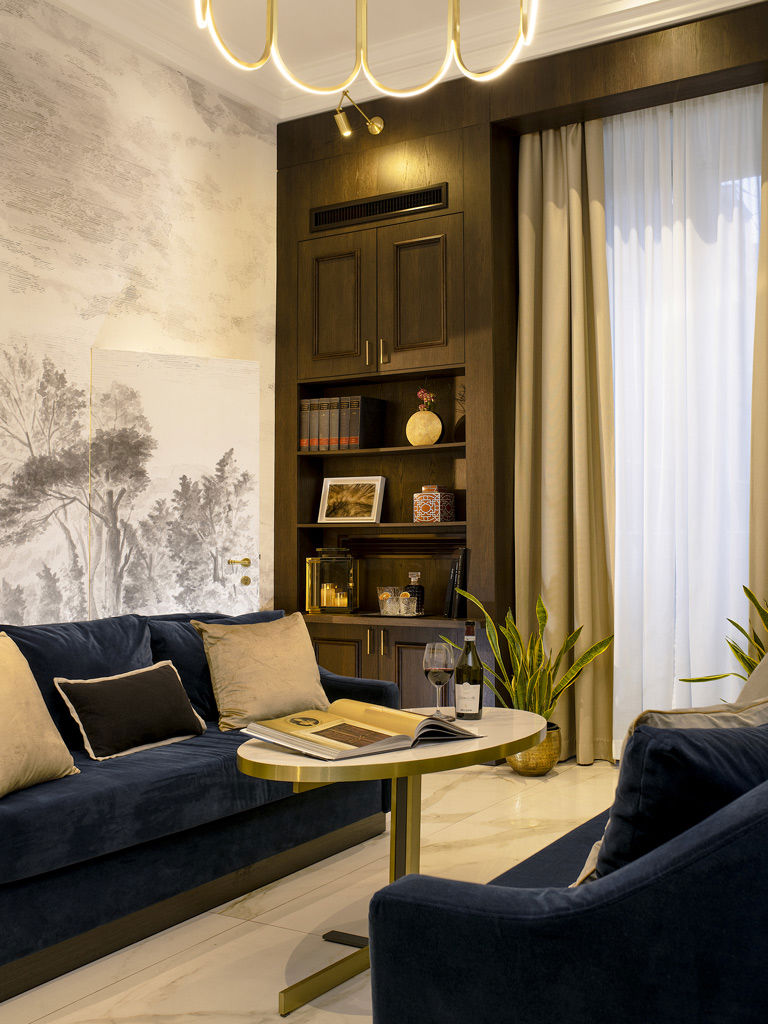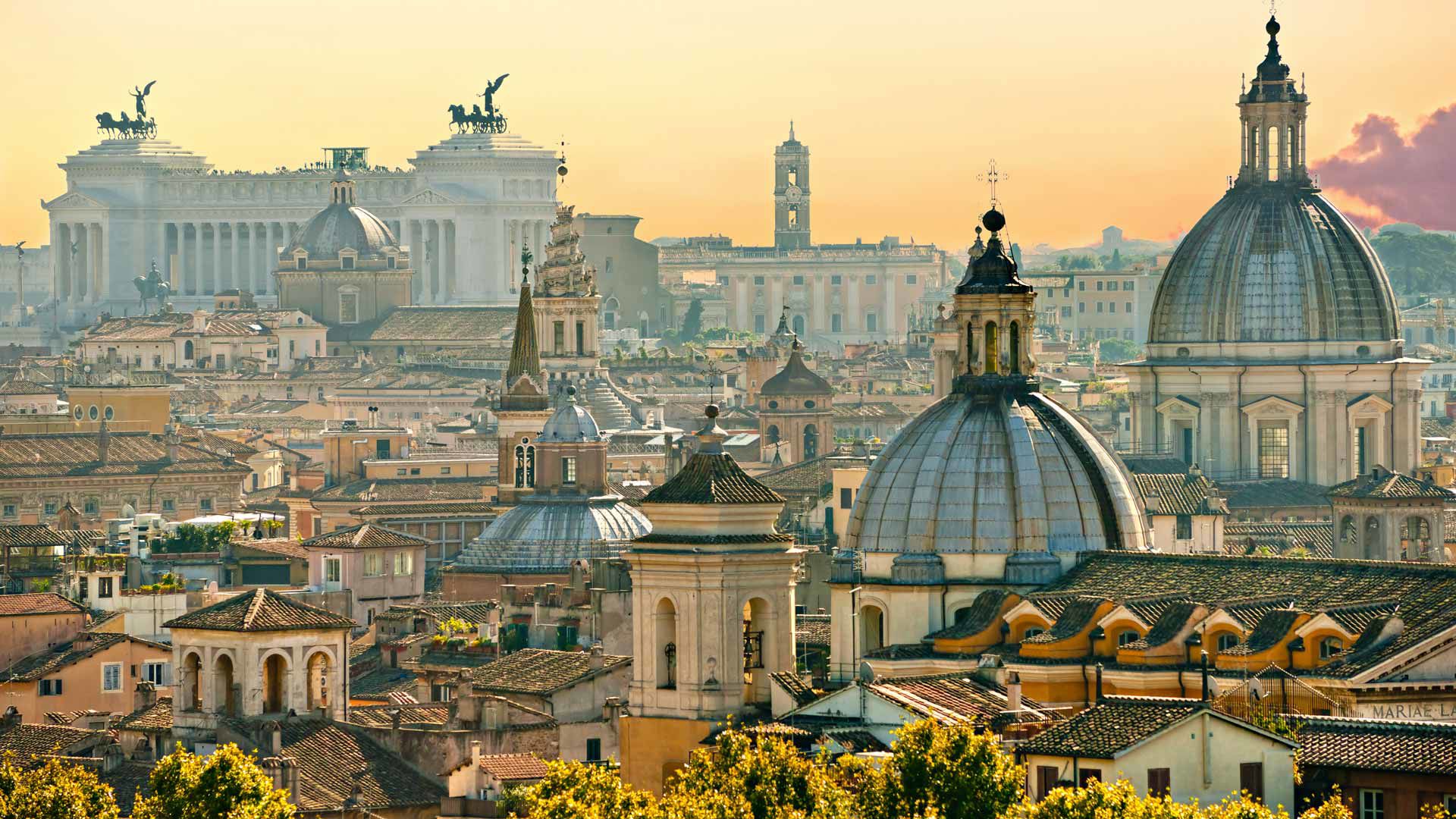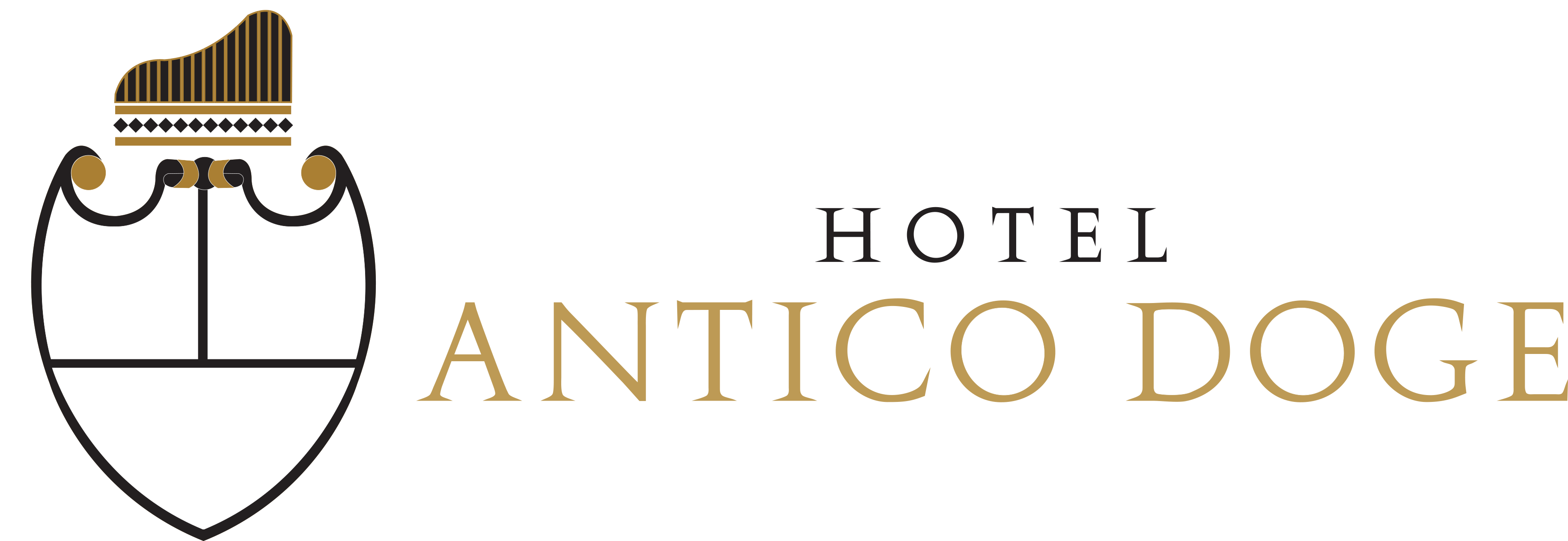Neighbourhoods
Discovering the city of Rome means embarking on a journey in search of beauty in its highest and purest form, starting from the incomparable archaeological ruins to the illustrious exhibitions of contemporary art.
Tridente
Villa Medici, French Academy: the ideal itinerary to discover the Tridente neighbourhood could start here. The district encloses the major marvels of the capital, beginning with wonderful Trinità dei Monti church and Fontana della Barcaccia by Pietro and Gian Lorenzo Bernini, in Piazza di Spagna. You cannot miss the timeless charm of Via del Babuino, which retains one of the six talking statues known as The Congress of Wits, and of Via Margutta, whose number 51 reveals the Roman Holiday’s courtyard. There are countless houses of famous personalities, such as Goethe, Keats and Shelley, and the museum-house of Giorgio De Chirico. Along Via dei Condotti, you can find the most exclusive and luxurious shops and have a break at Caffè Greco, an institution in the neighbourhood together with Fiaschetteria Beltramme on Via della Croce, where personalities like Fellini, Flaiano and Guttuso met regularly in the 50s. Proceeding towards the Tiber, you reach the Mausoleum of Augustus, under repair, and the Ara Pacis Augustae.
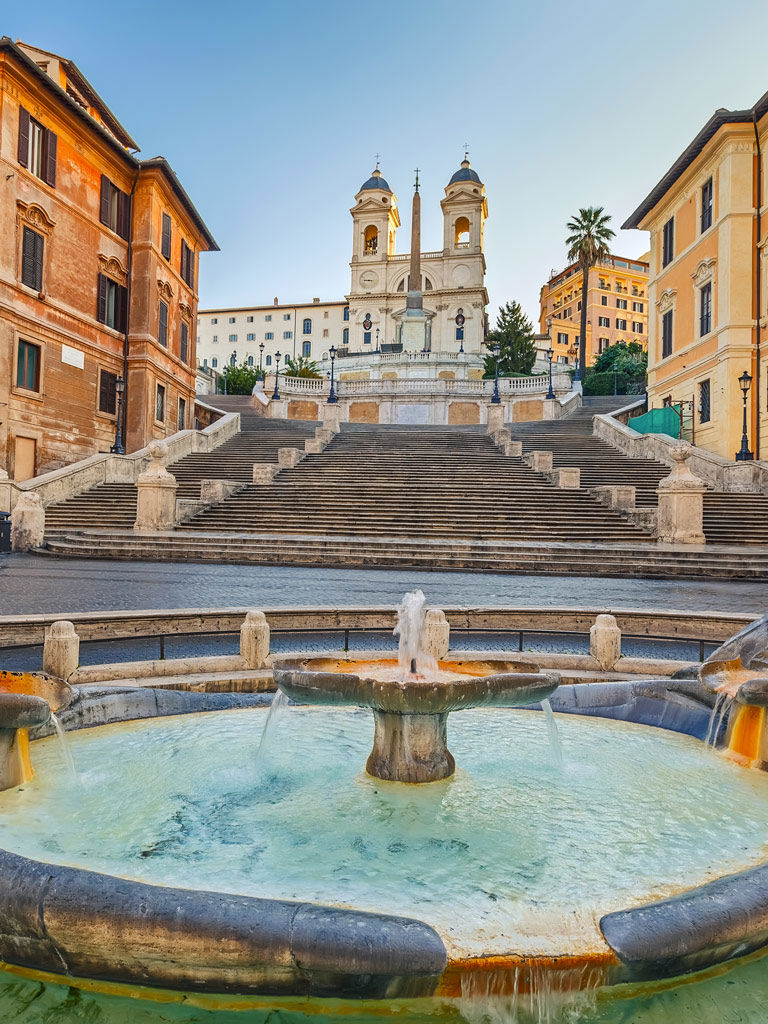
Ghetto
You can start exploring the Jewish neighbourhood from Piazza Mattei, where three precious seventeenth-century turtles by Bernini embellish the fountain designed by Giacomo Della Porta and realised by Taddeo Landini. Keep walking on Via dei Funari to Palazzo Mattei di Giove, which encloses a courtyard worth contemplating. The Theatre of Marcellus in the Circus Flaminius, was started by Julius Caesar and finished by Augustus, and now is one of the oldest intact buildings where Roman performances took place. Not far, the Porticus Octaviae, dedicated to Augustus’s sister, is the only portico of the square still standing. Boccione bakery is an institution that delights the neighbourhood with traditional Jewish sweets, salted and roasted pumpkin seeds, and savouries, while kosher restaurants serve the intensely flavoured dishes of the Judaic-Roman tradition, like carciofi alla giudea.
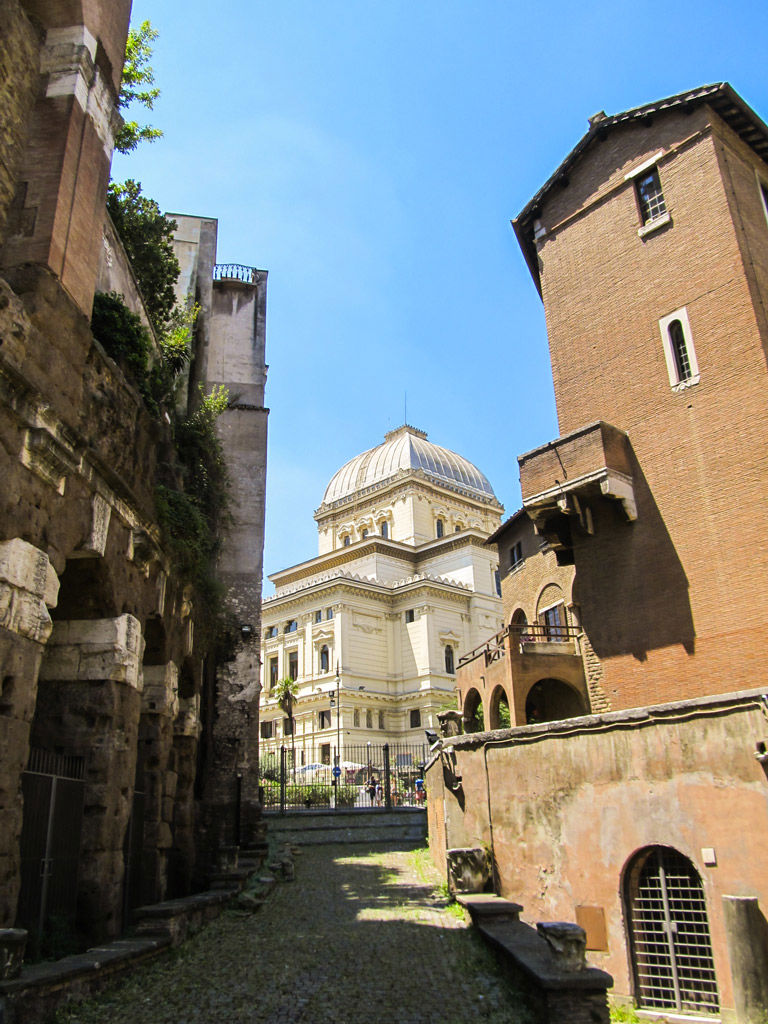
Prati
Prati has two souls. One exhibits the versatile cosmopolitan charm of a Roman residential neighbourhood, while the other boasts the major vestiges of Ancient Rome and Christianity, like St. Peter’s Square and its extraordinary artistic and architectural heritage. The Vatican Museums include many museums and collections, such as the Pio Clementino Museum, the Gregorian Etruscan Museum, the Collection of Contemporary Art, the Upper Galleries, the Vatican Library Museum, the Pinacoteca and obviously the Sistine Chapel. Walk along Via della Conciliazione and reach Castel Sant’Angelo, which offers an evocative evening visit in summer. Cross the Sant’Angelo Bridge and enjoy a striking view of St. Peter’s basilica. On Tuesday mornings, you can linger among the stalls of the flower and ornamental market on Via Trionfale and experience a bucolic and genuine facet of the city.
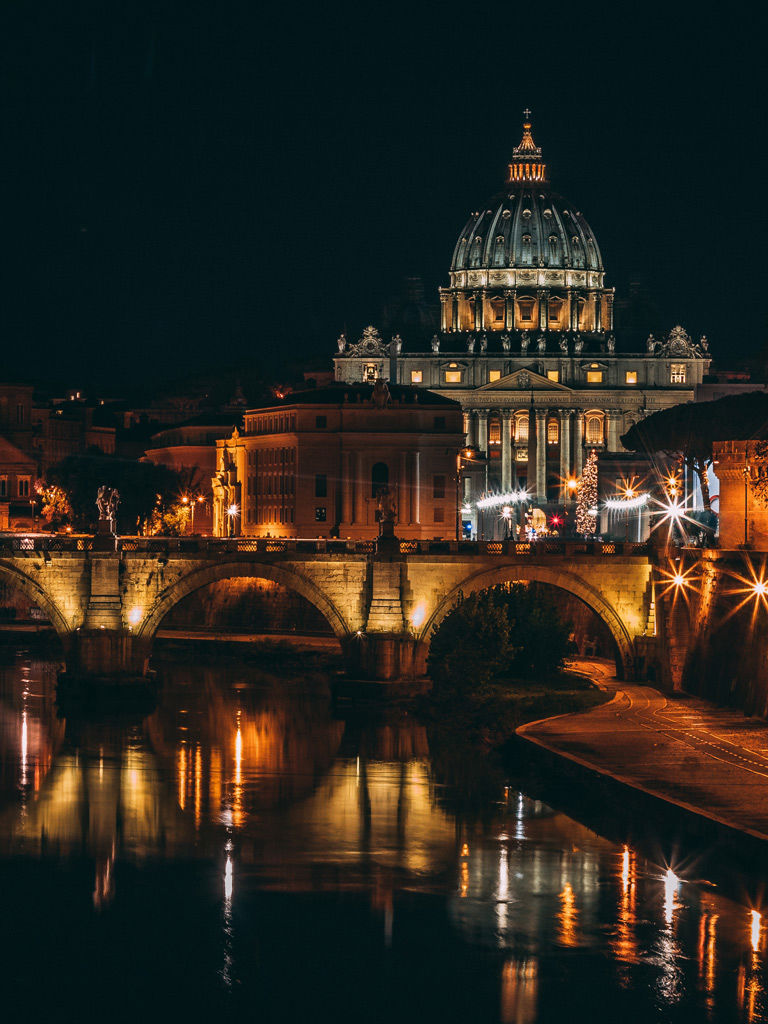
Coppedè
Art-Nouveau surprises, art deco marvels, glimpses of gothic, medieval and baroque art; Coppedè is an odd mixture of architectural styles stretching from Piazza Buenos Aires to Via Tagliamento, in the Trieste neighbourhood. It is not a proper quarter, but an urban experiment designed by architect Gino Coppedè between 1915 and 1927. An arch adorned with mascarons, ephebi and frescoes introduces to the fairy-tale, fantastic atmosphere of the streets. It is just the beginning of an extraordinary series of mythological figures, marbles, mosaics and stucco works. For example, both Palazzi degli Ambasciatori are studded with original adornments, like the winged Nike that stands out on a turret, or the Madonnella, an eccentric version of the aedicule with the Virgin and Child.
